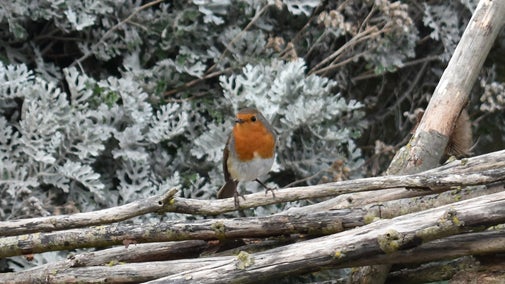
Become a member
Join today and help protect nature, beauty and history – for everyone, for ever. Enjoy access to more than 500 places with National Trust membership.
A popular coastal hub, where the South Downs meet the sea
East Dean, near Eastbourne, East Sussex, BN20 0AB

The Seven Sisters chalk cliffs are constantly changing. This creates the iconic coastline that you see today. Find out more about how you can enjoy your day safely.

Nothing beats being active outdoors - it's good for the soul. But all these extra feet and wheels take their toll and nature is already very vulnerable. We can still enjoy these beautiful landscapes but let's protect them at the same time. Find out more about running events at or passing through Birling Gap.

伯灵峡的悬崖可能很危险。 访问时保持安全非常重要。 始终与悬崖边缘保持至少 5 米的距离。 始终与悬崖底部保持至少 5 米的距离。 检查潮汐时间,了解海水何时达到最高点,并始终保持海滩台阶在视线范围内。

Klify w Birling Gap mogą być niebezpieczne. Bardzo ważne jest, aby zachować bezpieczeństwo podczas wizyty. Zawsze trzymaj się co najmniej 5 m od krawędzi klifu Przez cały czas trzymaj się co najmniej 5 m od podstawy klifów Sprawdź godziny przypływów, które pokazują, kiedy poziom morza będzie najwyższy, i zawsze miej w zasięgu wzroku schody na plażę

Birling Gap의 절벽은 위험할 수 있습니다. 방문 시 안전을 유지하는 것이 정말 중요합니다. 항상 절벽 가장자리에서 최소 5m 이상 떨어져 있어야 합니다. 항상 절벽 바닥에서 최소 5m 거리를 유지하세요. 바다가 가장 높은 때를 알려주는 조수 시간을 확인하고 항상 해변 계단을 시야에 두십시오.

Find out about bringing your dog to the South Downs. Explore the beautiful landscape together, from cliff-tops and beaches to ancient downland.


Join today and help protect nature, beauty and history – for everyone, for ever. Enjoy access to more than 500 places with National Trust membership.